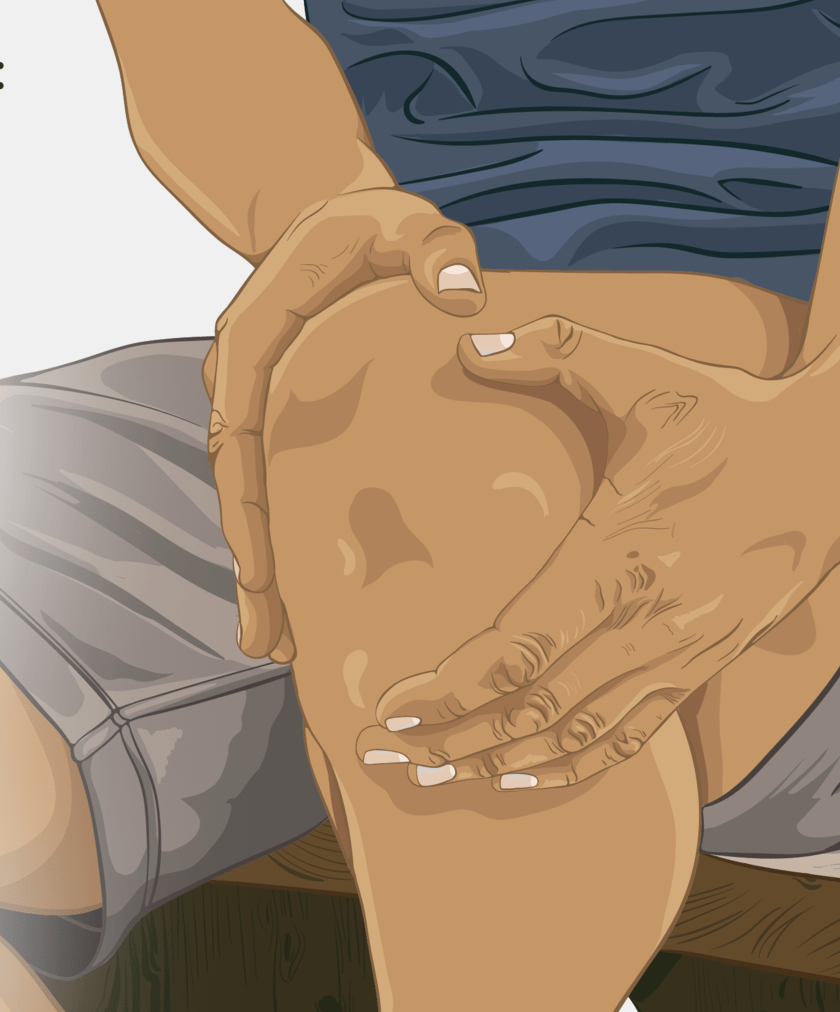CNN – Osteoarthritis is often the cause of knee pain, especially for women and older adults, according to the Arthritis Foundation.
But sore knees may also result from an injury, weak or tight muscles, obesity, overuse, or muscle imbalances.
“Establishing a correct diagnosis is super important,” said Dr. Adam Kreitenberg, a rheumatologist and internal medicine physician at Rheumatology Therapeutics Medical Center in Tarzana, California. “You’ll want to know if the pain is from, say, a fracture, meniscus tear, osteoarthritis or rheumatoid arthritis.”
Knee pain from poor biomechanics is the driver behind much of the knee issues seen by Shari Berkowitz, a biomechanist and founder of The Vertical Workshop, a studio in New York’s Westchester County that provides continuing education to Pilates instructors.
“People have a malalignment, and then irritation or strains occur,” Berkowitz said. “Over many years, it can be compounded into a catastrophic injury like a muscle tear, or it can become something that affects the cartilage and turns into osteoarthritis.”
If you experience sudden knee pain, it’s probably best initially to rest your knee, Kreitenberg said. But you don’t want to be immobile for too long.
“In the long term, that results in weakness and muscle atrophy,” he said. “Working on strengthening the supporting structures of the knee, particularly the surrounding muscles, can frequently help relieve stress on the injured area, and help with flexibility and pain.”
Pilates exercises can be beneficial in warding off knee pain. The regimen was deemed significantly effective at reducing pain associated with knee osteoarthritis and osteoporosis, back pain, and neck pain in a systematic review published in the March 2022 edition of the journal Musculoskeletal Care.
Protect your knees with Pilates exercises
Even those with no knee pain can benefit from strengthening the structures supporting the knees since these joints are the largest in the body and quite complex …



